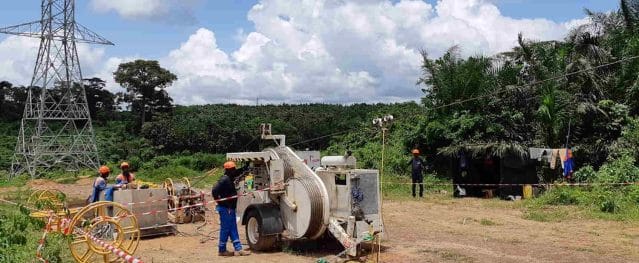
The African Development Bank, the leading financial partner of the Noor Ouarzazate complex, the world’s largest solar power station extending over 3,000 hectares of desert in Morocco, is rolling out a second giant electricity-generation project, this time in the Sahel.
The Desert-to-Power (D2P) project, when complete, will turn the Sahel into one of the largest solar-power-generating areas in the world. The $20-billion program aims to produce 10 gigawatts of electricity by 2025, providing 250 million people with power, of whom at least 90 million will be connected to the electricity grid for the first time.
As well as providing power for domestic use, D2P will include the development of photovoltaic mini-grids and captive power plants for commercial and industrial use. It will also produce electricity in synergy with agricultural and water-management programmes.
D2P covers 11 countries stretching from Senegal in the west to Djibouti in the east, comprising the G5 Sahel countries of Burkina Faso, Chad, Mali, Mauritania and Niger as well as Djibouti, Eritrea, Ethiopia, Nigeria, Senegal and Sudan.
The initiative won the political blessing of the G5 Sahel’s heads of state at their meeting in September 2019 in Ouagadougou.
D2P is part of the Bank’s accelerating efforts to address climate change in Africa, in particular by promoting renewable energy and reducing dependence on fossil fuels. The Climate Change Vulnerability Index 2017 estimates that climate change will result in an annual loss of 2 to 4 per cent of GDP in the Sahel region by 2040. The resources of the Bank allocated to funding climate-change adaptation and resilience have increased fivefold in recent years, from $338 million in 2016 to $2 billion in 2019.
The Bank’s commitment to the renewable energy sector has helped to bring together major partners in support of D2P. The European Investment Bank, the French Development Agency, the International Renewable Energy Agency (IRENA), Power Africa (a US initiative), Africa50 and the Green Climate Fund (GCF) have already committed to funding and supporting the initiative.
The Bank’s technical support to strengthen the institutional capacity needed for the management of the production and distribution of solar energy has also opened the way to private-sector investments, important drivers to accelerate the implementation of the project.
In December 2020, the African Development Bank dedicated the 4th edition of the Africa Energy Market Place (AEMP) to the countries of the G5 Sahel as part of the D2P initiative. During this meeting, the G5 Sahel countries presented their respective roadmaps to technical and financial partners.
D2P in action
On 16 December 2020, the Bank’s Board of Directors approved a technical assistance project under the D2P initiative, in the form of a $5 million grant from the Sustainable Energy Fund for Africa (SEFA).
This comprises three main components: technical studies for the integration of various, mainly solar, renewable energy into national electricity grids; feasibility studies for the hybridization of solar energy production systems in existing grids; and building capacity to help Chad integrate its first solar energy production project, the Djermaya plant, into its national grid.
The 32-MW Djermaya photovoltaic power plant was awarded an €18-million loan and a partial risk guarantee (PRG) by the Bank in September 2019.
In Burkina Faso, the Yeleen project has received €48.82 million (36% of the total cost) from the Bank. Yeleen is intended to boost and diversify the national electricity supply by 2024, through the construction of four solar power plants with a total capacity of 52 MW, and to expand electricity distribution networks in order to connect about 200,000 people to power.
In Sudan, a photovoltaic water pumping system project in North and West Kordofan addresses the need for an efficient energy supply for irrigation, facilitating the replacement of diesel-powered pumps with innovative technologies based entirely on solar energy.
The aim is to reduce dependence on fossil fuels, increase agricultural production while lowering costs and improving farmers’ livelihoods.
As well as bolstering resilience to climate change, the D2P initiative will improve the rate of access to electricity in the region and will stimulate economic and social development and health-care innovations in low-income countries of the Sahel.
The lack of energy infrastructure is considered one of the main obstacles to development and progress in Africa. The D2P initiative will help stimulate the achievement of at least four of the five strategic pillars of the Bank’s “High 5”: ‘Light up and power Africa’, ‘Industrialize Africa’, ‘Integrate Africa’ and ‘Improve the quality of life for the people of Africa’.
